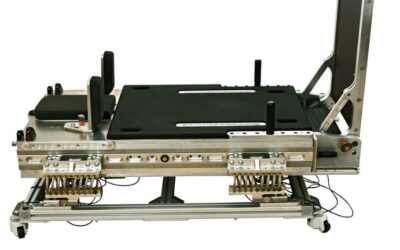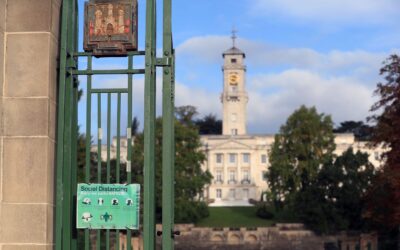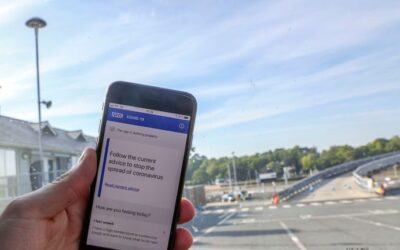Vampire bats “socially distance” when they are sick, a new study suggests.
Dozens of bats were captured from a hollow tree in Belize; some were injected with a substance that mimics the symptoms of a bacterial infection, while the other half got saline injections and were put in a control group.
Researchers tagged them with sensors and released them back into their tree to track their movements over several days.
The bats that were sick spent less time near others, associated with fewer group mates and were less social with the healthy animals.
Just six hours after the injection, a sick bat would on average associate with four fewer bats than those injected with the saline.
Advertisement
“Bats in the control group encountered fewer “sick” bats and also spent less time near them,” said researchers
The study, published in Behavioral Ecology, found a control bat had a 35% chance of associating with a sick bat – but a 49% chance of associating with a healthy one.
More from World
“This sickness-induced ‘social distancing’ can be important for modelling pathogen transmission as a social network changes over time,” said researchers Simon Ripperger, Sebastian Stockmaier and Gerald Carter.
They said the effects varied by time of day and declined over 48 hours.










